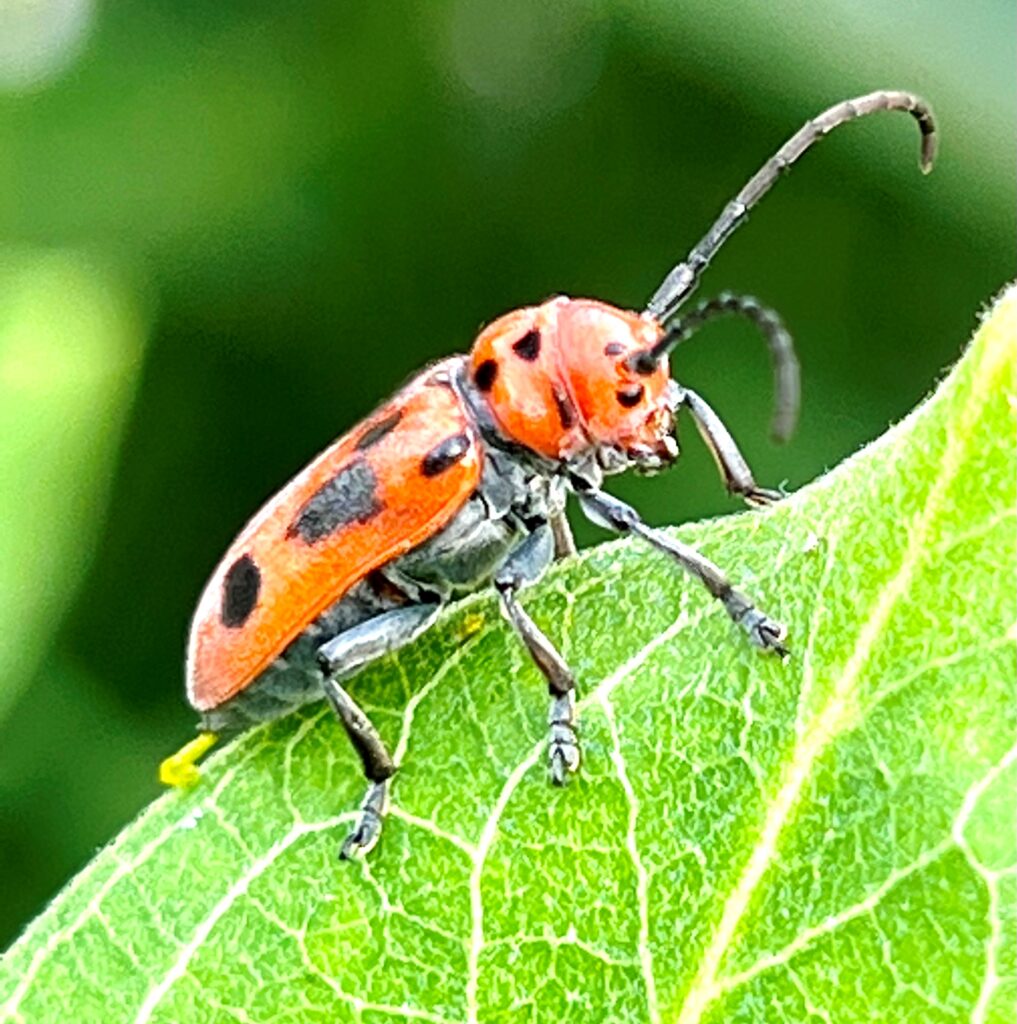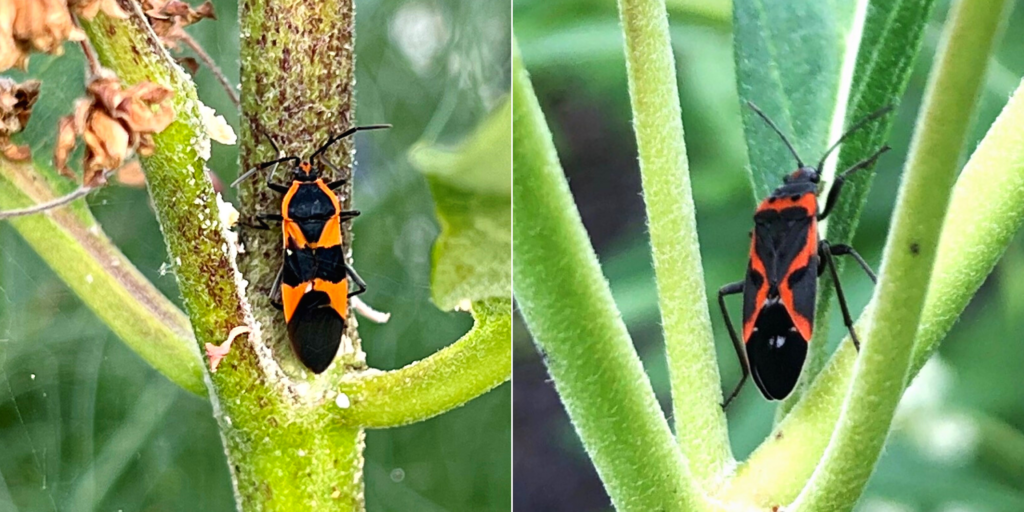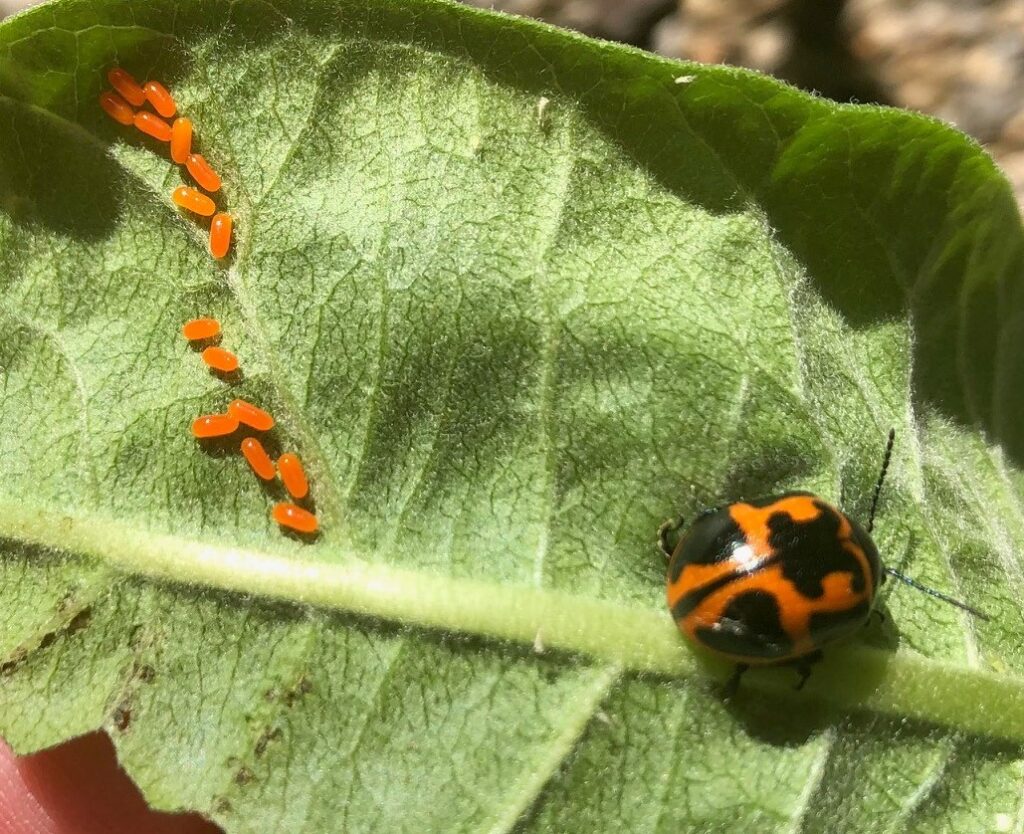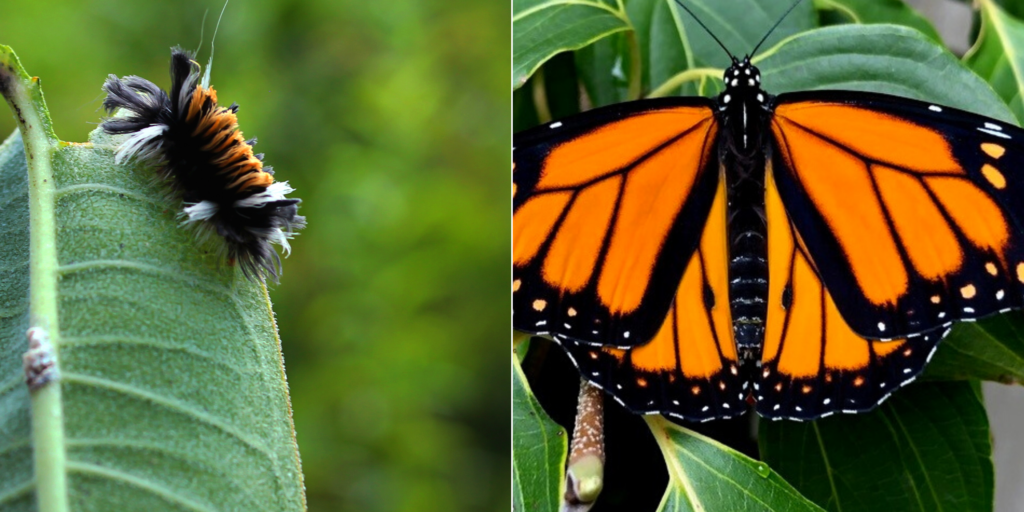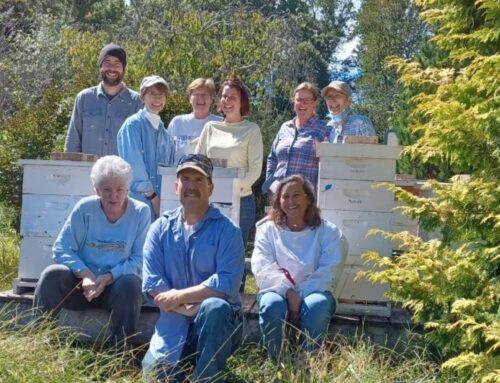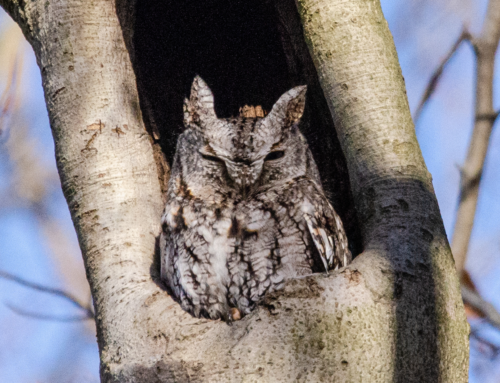My first foray into the milkweed world began years ago, allowing one uninvited common milkweed (Asclepias syriaca) to remain in my garden. I had planned to add more pollinator plants for nectar and food for caterpillars. Attracting butterflies is often easier if you supply the specific host plant that their caterpillars need for nourishment. Milkweed was on my list to attract the monarch butterfly, and here was a gift. Little did I know how much I would learn and how my way of gardening would change.
Milkweed contains toxic compounds called cardiac glycosides. Some insects have adapted to consuming milkweed, usually sequestering these toxins within their bodies. This gives them a great advantage as the insect becomes toxic, or at a minimum, tastes revolting to most vertebrates, including many birds. Because of this toxicity, I hadn’t expected so many different insects to gravitate to the milkweed. I also learned more about aposematic (warning) colors to which the milkweed family of insects has adapted. Rather than blend into the environment, they are boldly colored red or orange, and black. Predators quickly learn to avoid insects of this coloration. One taste and the lesson is learned.
One of the earliest visitors to arrive is the native red milkweed beetle. Conveniently, they complete their growth stages at the base of the milkweed plant in late spring. While red milkweed beetles enjoy nibbling at the ends of the leaves and munching on the buds and flowers, they don’t seem to do much damage. They are bright red and black, have very long antennae, and have comical faces. Each antenna divides its compound eyes in two. This easily observed trait explains their scientific name Tetraopes tetrophthalmus, which means “four eyes.” They must take care when eating the leaves due to the latex found in the milky white sap. You may see them rubbing their face against a leaf to remove this sap before their mouth is glued shut.
By mid to late June, the native milkweed bugs appear. Large milkweed bugs (Oncopeltus fasciatus) and small milkweed bugs (Lygaeus kalmia) hatch from their eggs looking almost like tiny adults, growing in size as they molt and eventually develop wings. You will see them clustered together, both nymphs and adults, on the milkweed, using their long, straw-like mouthparts to pierce and suck nutritious juices from their preferred food, the milkweed seed pods. They don’t bite, have no stingers, and are not known to carry disease.
It’s easy to confuse these two orange and black bugs, but there are some subtle differences. Take a look at the below images. The insect on the left is a large milkweed bug, and the image on the right is a small milkweed bug.
The large milkweed bugs have a red/orange and black X-shaped pattern on their wings with a broad, black belt across their backs. They are about an inch long.
The small milkweed bugs sport a black heart inside a red “X” on their backs, and their black belt is incomplete. They are smaller, about one-half inch long. When milkweed seeds are scarce, you may see them eating other insects’ adults, larvae, and pupae.
Let’s look at one more, the Swamp Milkweed Leaf Beetle (Labidomera clivicollis). My first encounter with this beetle was at Tyler’s Pollinator Preserve, where I saw a female laying her cluster of eggs under a common milkweed leaf. Again, they are orange and black and consume milkweed, favoring the leaves and flowers. They are easily distinguished from the previously mentioned insects since they appear to be a super-sized ladybeetle at first glance. The patterning of their coloring can differ from beetle to beetle, but they are still easy to recognize. I see only a handful of these native beetles each year compared to the insects mentioned previously.
Additional native insects depend on milkweed, notably the caterpillars of the monarch butterfly and the milkweed tussock moth. Their larvae feed primarily on the milkweed leaves. We see the same aposematic coloring in the monarch butterfly and the late instars (growth stages) on the milkweed tussock moth caterpillars.
I’ve seen all of these insects at Tyler and also in my home garden. Their behavior provides entertainment and photo opportunities, but they have taught me much more. They are all native insects, and I now understand that no one native species is more important than the next. This diversity of species is necessary for a healthy ecosystem, whether or not we want to accept it. It took me a few years to welcome them to my garden as my interest was initially focused on monarch butterflies. Not only did these other insects consume the milkweed, but predatory wasps and flies were attracted to the milkweed, knowing they might find an egg or caterpillar to meet their needs. Trying to save the monarchs is a common reaction, but not at the expense of other native insects.
Only a tiny percentage of monarch eggs and caterpillars are meant to become adult butterflies for a reason. The majority are intended to be part of the food chain, which took me years to understand and accept fully. My passion for gardening and pollinators has expanded to studying the interactions between all of the insects and plants, and there is so much more to learn.
At Tyler’s Pollinator Preserve, we are making a commitment to every bird, wasp, bee, caterpillar, and other native insect who arrives for sustenance and other needs. They are all welcome, and we invite you to come to observe the action with us. Allowing nature to be nature in a lovingly built habitat of any size is rewarding on many levels.
For more information on each of these insect species, along with additional photos, please enjoy the article titled ‘Embrace the Milkweed Menagerie’ by Joe Boggs of Ohio State University.
To learn more about the goals and plans for Tyler’s Pollinator Preserve, please visit our landing page.


